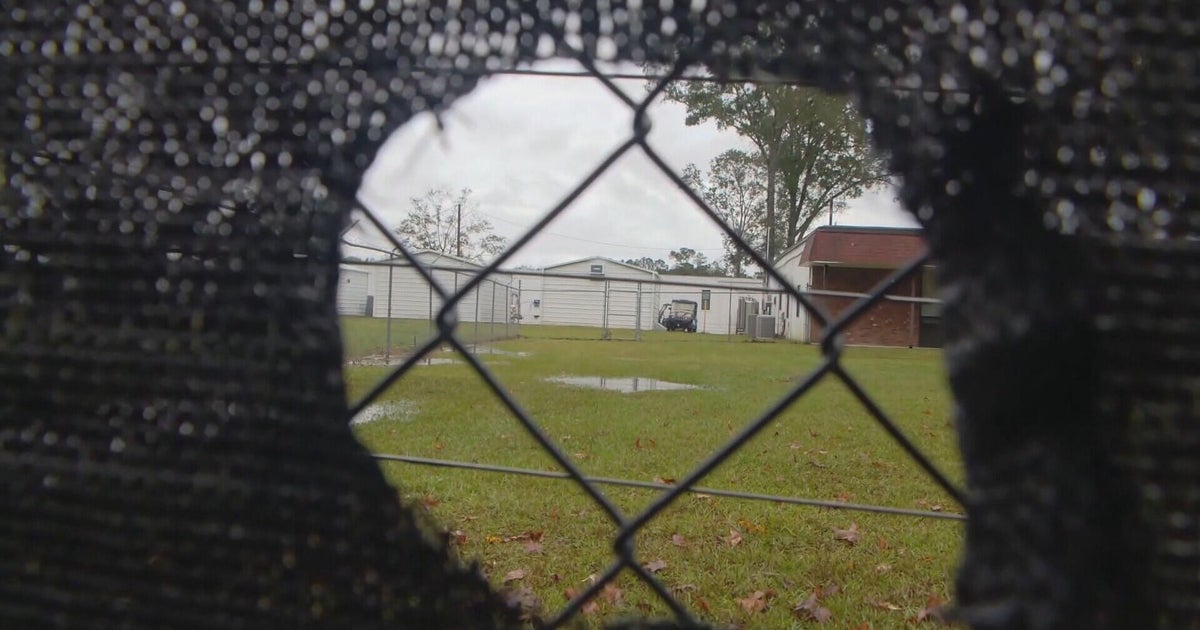Opinion
September 26, 2025 — 5.00am
September 26, 2025 — 5.00am
“Death by a thousand cuts”. That’s how Merrick Morley described the costs of buying into a high-density, inner-city housing dream. As a young urban professional, doing a PhD in architecture and planning, Morley is the ideal candidate for the much-lauded apartment life.

Merrick Morley bought an apartment with many defects and high strata fees, along with bills from the embedded network. Credit: Simon Schluter
However, he confessed that apartment life is “full of unexpected displeasures”. Costs from high strata fees, building defects and in particular, bills from the “embedded network”. Spruiked in the marketing as “green power”, the network produces no savings, with Morley concluding that the “rooftop solar panels aren’t pulling their irradiated weight”.
Having recently published research on “embedded networks”, Morley’s experience sounded depressingly familiar to me. Embedded networks are promoted as environmental and financial solutions for high-density housing: green energy is bulk purchased and/or generated on site, and hot water produced with efficient heat pumps. Those savings should be enjoyed by the owners and tenants who make bulk purchase and on-site generation possible.
However, third party companies – embedded network operators (ENOs) – are taking these savings as their own profits. Multiple parliamentary and regulatory inquiries have heard evidence of owners and tenants being overcharged for coal-fired electricity and hot water while being unable to escape their embedded network. Astonishingly, some buildings receive none of the solar energy generated on their roof because the ENO is selling it back to the grid for its own profit. Owners are prohibited from installing their own solar panels, even if there is ample roof space.
If owners want to change ENOs, they must pay for the capital costs of the embedded network (pipes, wires, meters, panels, pumps etc) even though owners already paid for this infrastructure when they purchased their apartments.
How is this possible? It comes down to an abuse of the strata title legal form by developers and industry. That abuse will continue until all sections of government, and everyone who will ever need a roof over their head, understand the basics of strata title.
I get it. It’s boring. But Australia, it matters, particularly if we expect high-density living to be the solution to our housing affordability crisis.
Strata title has two key features that distinguish it from non-strata title – an obligation to pay levies and a separate legal entity (a body corporate or owners’ corporation) made up of all owners.
The obligation to pay levies overrides an ordinary rule of property law that prohibits the creation of freehold land titles coupled with obligations to pay money. That rule isn’t an accident. Centuries of experience have taught judges and parliaments that if you let current landowners create new land titles coupled with obligations to pay ongoing money, they will load land titles up with payments that benefit them or their mates. That is why the practice is prohibited, benefiting everyone who lives in a non-strata home.
However, this sensible property rule presents a problem for apartment buildings. Buildings must be maintained, and so legislation was needed to override the rule. That is what the levying provisions in strata do.
Loading
But not surprisingly, the problem that the orthodox rule of property law avoided re-emerges when you override it. Developers can now load land titles up with infrastructure and services that must be paid for through levies, and not surprisingly, they are frequently structured to benefit developers and their associates. In short, the development and strata industry treat levies as an income stream they can milk.
Embedded networks are a classic example. Developers allow ENOs to install the energy and water infrastructure in buildings for free, increasing the developer’s profit. The ENO is paid through an embedded network contract that the developer ensures the owners’ corporation signs. The more the ENO can charge, the bigger the infrastructure kickback they provide the developer. A win-win for the developer and ENO, but a big loss for apartment owners who will be paying the inflated contract through levies. Morley’s “death by a thousand cuts”.
It does not need to be this way. As any architect or engineer will attest, embedded networks make sense. And when owners who pay the bills also control the installation and terms of embedded networks, they function fairly.
Current embedded network practices are the latest iteration of developer exploitation that has been occurring for decades. Developers have sold body corporate contracts for strata management, building management, lifts, stormwater, landscaping and internet services. Eventually, governments place time limits on contracts, but developers continually dream up new practices.
Instead of playing legislative “whack-a-mole”, we need legislation in every state that acknowledges the vulnerability of collective owners to abuse. Legislation must prohibit developers and the strata industry from engaging in any activity that is not solely in the interests of the body corporate. That doesn’t mean developers and the strata industry can’t make money from apartments. It just means that, like the rest of us, they can’t make money by exploiting people.
We need high-density development, and it must be strata title. Like democracy, strata title is not perfect, but it is the best system on offer. Also like democracy, if we don’t understand how it works, we won’t recognise when it is being abused.
Cathy Sherry is a professor at Macquarie Law School and executive member of Smart Green Cities.
Most Viewed in Property
Loading


















































